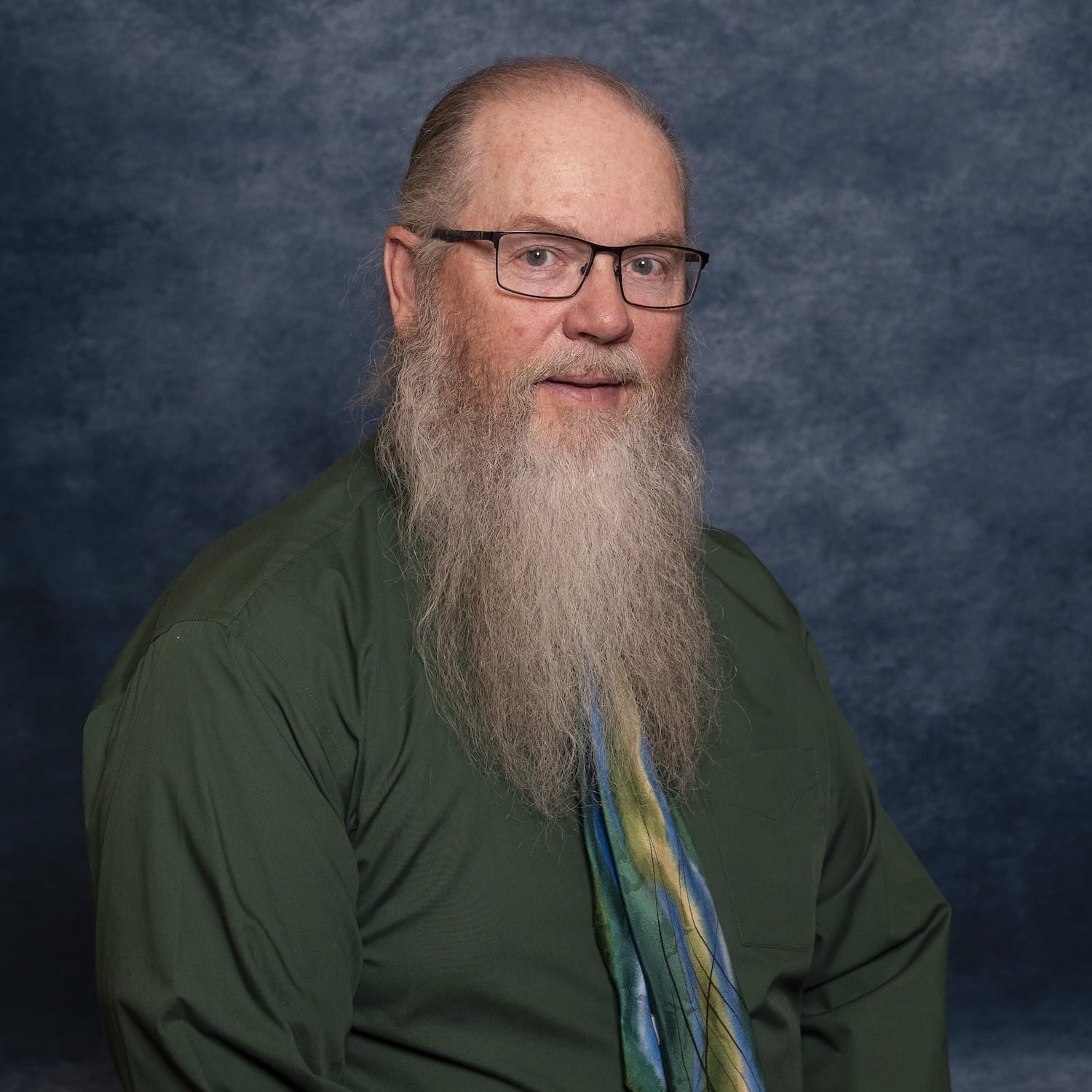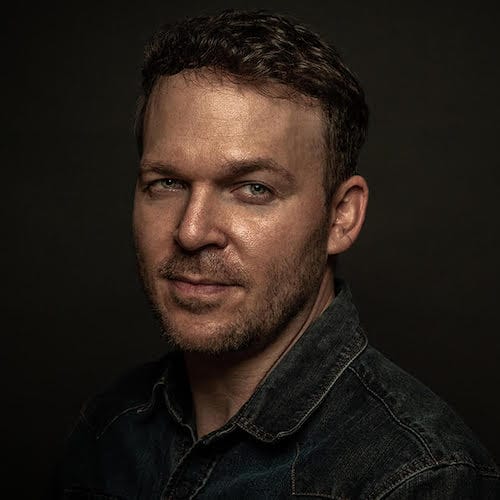The news takes my breath away. This is entirely new, something we have never seen before. Frankly, I’m in awe.
Easter reactions? Well, we’ll get to that. I’m talking first about the James Webb Telescope. I mentioned it in my Christmas Eve sermon because that’s the day it was launched: the largest telescope ever sent into space, 100 times more powerful than its predecessor, the Hubble. It’s taken all these months to travel a million miles and then begin to initiate more than 200 steps (any one of which–if fails–could sink the entire enterprise!) to unfold a tennis-court-sized shield protecting it from the sun’s burning rays, engage the 12 super-reflecting mirrors (built right here in Colorado’s Ball Aerospace lab), and prepare to transmit images back to earth—something that won’t happen until June. The teasers I read back in December piqued my curiosity to the point that I took an online enrichment class from DU not long ago. And here’s what I learned: The universe is almost 14 billion years old, compared with our earth–a mere toddler at 4 ½ billion years. With this telescope, we will be able to see much farther than ever before. But also, because the universe is expanding more rapidly than we imagined, we will be able to look back in time. Waaay back: to see the original stars generated from the “Big Bang” (scientists use such technical terms!). The excitement in our instructor’s voice was palpable: 94% of the universe is considered “dark” energy and matter–that is, unknown to us. The James Webb telescope will peer behind the clouds of dust to “see creation happen.”
Are you with me??!! Astronomers now have the tool to find the causal conditions from the Big Bang to the development of RNA/DNA, the building blocks of carbon-based beings and the very first stars. Light…and life!
I think the people of God should approach Easter with similar awe. The resurrection is not a rite of spring, the regular turning of the seasons from fallow to fertile earth, bare branches bursting with buds. Instead, this takes our breath away. It is entirely new, something never seen before. The Easter proclamation from the good news according to Luke, in the 24th chapter reading verses one through twelve. Listen for God’s Word that called life and light into being, and is not silent even in the face of death. Listen, my friends, and be in awe. [Luke 24:1-12]
In science, observation is everything. Via telescope, microscope, data analysis, or even the naked eye, learning emerges from sight. “Evidence-based” research depends upon receiving observable truth. But when scientists faced the prospect of peering into the unknown, they needed something besides known observational tools. As the astrophysicist who taught the class I attended put it, We needed a different set of eyes for this stuff. It took 20 years and over 10,000 individuals to create the “eyes” to do it. And Dr. Conti’s voice caught a little as he concluded We don’t know what we’re going to discover.
At least 94% of Christ’s resurrection remains unknown. There was no video camera pointed at the tomb entrance; there were no eyewitnesses; no big reveal. Two thousand years is still not enough time to travel the speed of light and produce images for us. Instead we hear words like “perplexed” “amazed” “questioning” –even “afraid.” We imagine the women, grieving as they arrived at the tomb, then hurrying back to tell the others…what? Just that his body wasn’t there. They’d remembered Jesus’ reference to the Son of Man who would rise again, but … Impossible! “An idle tale.” Only Peter set out to see for himself. Peter, who not three days earlier had denied even knowing the man. Yet there he was, running toward the grave, and I’ll bet he was breathlessly praying Let it be true. O, let it be true!
“Because Christ is risen, there are Somebodies rising up to change the ways that hurt and threaten people, somebodies standing up for justice.”
What confirmed the truth of resurrection for Peter and those women, and ultimately, for the church who came after them? The empty tomb was tantalizing, but it was not enough to help them see through the veil of mystery. To experience the risen Jesus and the power to transform their fear into bold action required something else: a different set of eyes with which to look into the unknown broader and further and wider than anything they’d imagined before. Those first disciples found those eyes in the unique reality of Jesus’ resurrection; its removal of the impenetrable shroud of death to see into the deepest heart of the universe and catch a glimpse of its origins. They became awe-struck, and with this new knowledge, became new people able to hold hope when all seemed lost and transform fearful paralysis into life-changing purpose. All because they had looked and seen that the origins of life and first light were products of Love, the very being and essence of the God they had worshiped and served but only barely understood.
Friends, if Jesus’ resurrection was the “James Webb Telescope,” that revealed reality in a way no one had ever known, then it is able to show us the truth also. We become able to observe life through the lens of resurrection and find that the whole world looks different.
What do we see?
Well, the smaller and nearer Hubble Telescope has been sending images back to the earth for some 30 years and has dramatically changed our perceptions of space. For one thing, there is so much more than can be seen from earth’s perspective. What once was thought to be “empty” space, vast and timeless, is now understood to be populated by millions, billions of galaxies. Our universe is filled with more stars than grains of sand in all the beaches on earth. (Can I have an alleluia?!)
Friends, there is more to reality than can be naturally seen. Because Christ is risen, our observational powers become more acute, able to penetrate the material world to discover the spiritual reality behind and under it all. Suddenly (or gradually–this is a journey after all), our whole perspective shifts. We are moved to do more with our lives than simply preserve them for as many years as we can. We can give them away!–we can give ourselves to actions and enterprises that reflect the Love that rules the universe. When we understand that Love to be abundant and everlasting, we can afford to look beyond self-interest towards the others with whom we share this life; not just family and kin, but strangers, neighbors in need, vulnerable ones, enemies. When death is not our final destiny, we can walk in the valley of the shadow –if not entirely without fear, then at least with the trust that because Christ lives, so shall we.
Look–and I do mean “look,” Christian faith is not naive. Nor does it deny or ignore the immediate realities of human life: death in all its ugly and obscene forms. There are some gathered here this morning who have so recently walked from the graves of their beloved. The sweet scent of lilies filling the sanctuary does not remove the pain of grief or the longing for connection. The sunflowers in their Ukrainian blue vase do not begin to counter the heartbreaking photos of the deadly consequences of Putin’s war. We will walk out of this church and encounter siblings who have pitched tents in our city streets to find shelter and relief. The resurrection seems not to have changed these harsh realities at all.
But look again, dear people. There is much more, something new and altogether different from the human expectations of even the most optimistic among us. There is hope. It’s observable.
See: there is a Ukrainian man from Mariupol, Eduard Zarubin, who stayed in the devastated city before he could get out. Residents there had no heat, water, or gas and food was in short supply. Eduard walked eight miles every day to get clean water for his family and to share with many others. When a reporter posted a story about him on Facebook, she received a comment in response: Eduard Zarubin and his family saved me and my wife. In our beloved, besieged city, he brought me bread, medicine and gave me hope for salvation. When we were ready to die, he took us out of the war zone. We have not had to hide from planes, shells and missiles for a week now. Sincerely grateful for the rescue. [NY Times, April 3, 2022]
Because Christ is risen, those suffering under the violence of war are rising through the compassion and sacrifice of neighbors, whose actions move us toward peace.
See: there is the mighty figure of the Rev. William Barber II, bent from arthritis but unbowed in his determination to serve the risen Jesus on behalf of the last and least of these. For years, Rev. Barber led “Moral Mondays” a series of weekly, racially diverse protests that began in North Carolina in 2013 after politicians in that state pushed through restrictions on voting rights and unemployment benefits and other social programs. He’s broadened his mission to address systemic racism, poverty, ecological devastation, the war economy, and the distorted moral narrative of religious nationalism. Barber’s sermon at one such protest was entitled “God Always Has Somebody.” [NY Times, March 13, 2022]
Because Christ is risen, there are Somebodies rising up to change the ways that hurt and threaten people, somebodies standing up for justice.
See: On Saturday this week, we will celebrate the life of Sue Wilcox, whose memorial was delayed for 18 months because of Covid restrictions. Sue was the wife of Central’s former pastor John Wilcox, who had died decades ago, just one week after his retirement. Sue and John had plans to travel, to spend more time with their four adult children and grandchildren, to enjoy the fruits of their fulfilling career and happy marriage. Despite this radically changed landscape, Sue went on to live joyfully many more years, skiing into her 80s, doting on grandchildren, participating in mission trips, volunteering at New Genesis and Metro Caring, leading Bible studies and mentoring many, including me. Sue was a person who never stopped learning, never stopped asking questions. She faced her own mortality with calm assurance; saying, I’m looking forward to seeing Jesus…and John.
Because Christ is risen, we can see in death itself the rising of our beloveds … and our own.
Because Christ is risen, we can see with new clarity what we carry, to share with the whole world: hope–life-expanding, horizon-breaking, awe-inspiring, utterly invincible hope. Hope for today, and for every tomorrow.
Alleluia! Thanks be to God!





